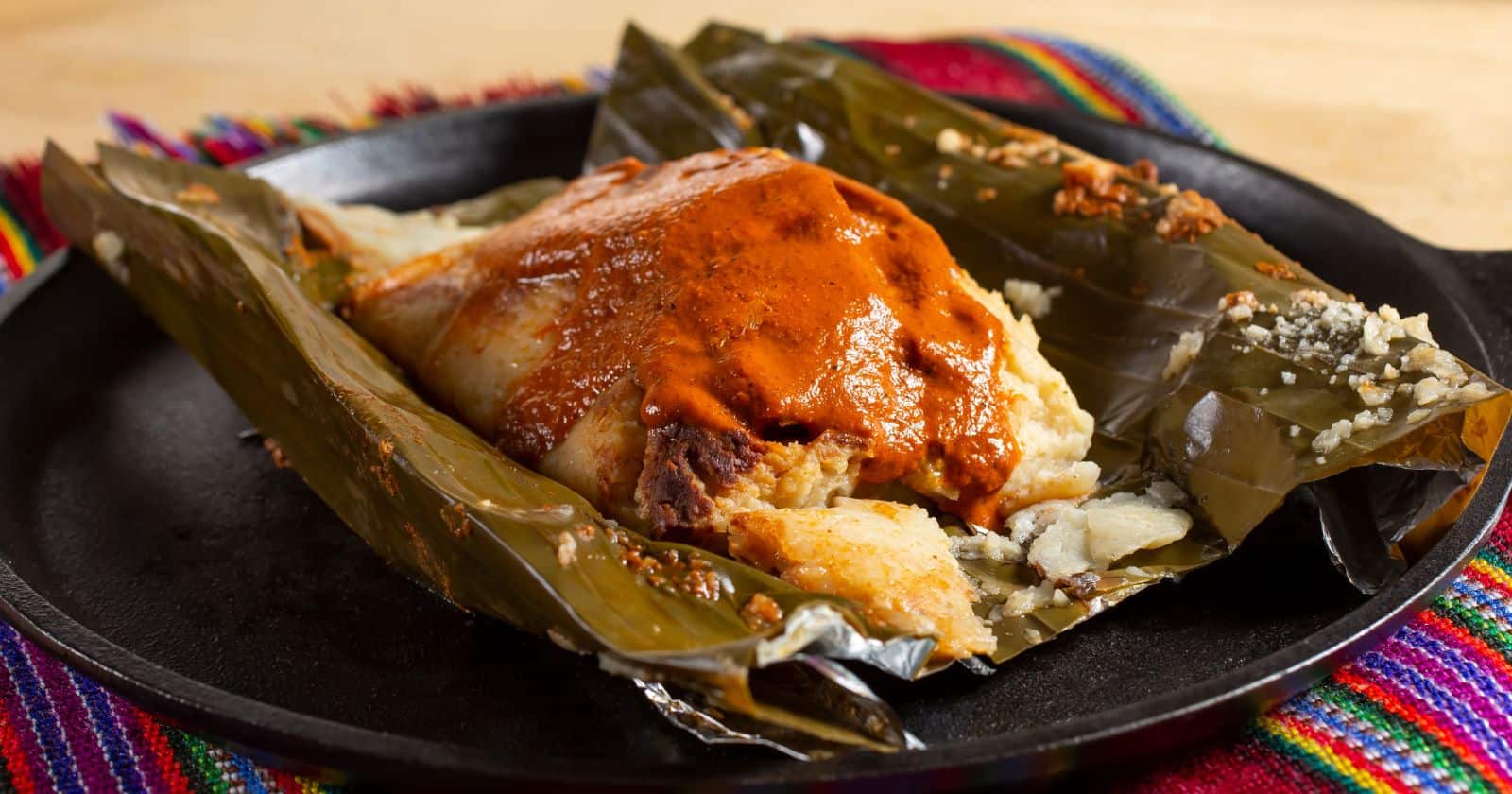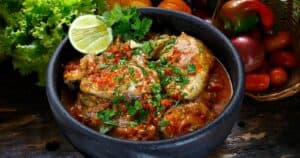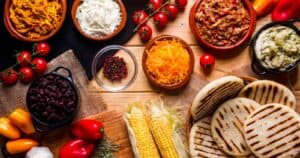Guatemalan cuisine brings the tastes of Latin America alive through its bold, complex flavors. With sizzling meats, rich stews, and fresh salsas, every bite pops with satisfying
As you dive into Guatemala’s mouthwatering dishes, you’ll find variations that range from mild to scorching. Read on to learn how Guatemalan cooking artfully balances fruit, veggies, meats, and spices into an unforgettable feast for your taste buds. This guide will explore:
- What Makes Up Authentic Guatemalan Food
- Traditional Ingredients That Add Zing
- How Spicy Different Dishes Can Be
- Tips to Adjust the Heat Level
- Other Flavor Elements Beyond
Spice
Guatemalan Cuisine: A Flavorful Fusion
Guatemalan food intertwines indigenous Mayan culinary traditions with Spanish influences. This creates a flavor profile that’s both comforting and complex.
Key Ingredients in Guatemalan Cooking:
- Corn: Ground corn masa makes tortillas, tamales, and more.
- Beans: Protein-packed black, red or pinto beans are a staple.
- Chilies: Locally grown chilies like serrano, poblano, and habanero bring the heat.
- Tomatoes: Tomato-based salsas and sauces lend a tangy taste.
- Squash: Zucchini, chayote, pumpkin and more add freshness.
- Avocados: Velvety avocados help balance out
spice . - Herbs: Cilantro, mint, oregano freshen up rich stews.
- Fruits: Pineapples, mangoes, bananas offer natural sweetness.
Vibrant meats and seafood combine with these ingredients for soups, tacos, tamales, ceviches, and more.
Blending Spice With Savory Depth
So how fiery is authentic Guatemalan cuisine?
Overall, Guatemalan cooking focuses more on pulling out complex, robust flavors rather than just dialing up the
That said, some dishes definitely incorporate tongue-tingling chilies and zesty seasonings. Here’s a quick
- Mild: Tamales, tostadas, ceviches, and rice dishes tend to be mildly spiced.
- Medium: Hearty stews like pepián have a moderate kick.
- Spicy: Specific dishes like kaq ik use habaneros for intense heat.
So while Guatemalan food leans more mildly spiced overall, those who love a good burn can find satisfying heat in certain regional specialties.
Traditional Ingredients That Turn Up The Heat
Certain ingredients commonly used in Guatemalan cooking can take the
Chilies That Bring the Fire
- Habaneros: Ranging from 100,000 to 350,000 Scoville units, these tiny chilies pack a mighty burn.
- Serranos: With 10,000 to 23,000 Scoville units, serranos add a pleasant heat.
- Chiltepe: At 50,000 to 100,000 Scoville units, just a few chiltepes can really
spice up a dish.
Spice Pastes That Add Depth
- Recado Rojo: This reddish paste made from annatto and achiote seeds brings an earthy flavor.
- Pepitoria: Made from toasted pumpkin seeds, pepitoria lends a subtly smoky heat.
Regional Chilies With Local Flavor
- Cobán: Grown near Cobán, these moderately hot peppers enhance stews and soups with fruity notes.
How Spicy Can Specific Guatemalan Dishes Get?
Guatemalan cuisine has some real firestarters for those craving a bit of burn. Here are a few lip-tingling favorites to try:
Kaq Ik

This intense turkey stew simmers with Cobán chilies, habaneros, and pepitoria for sweat-inducing
Jocón
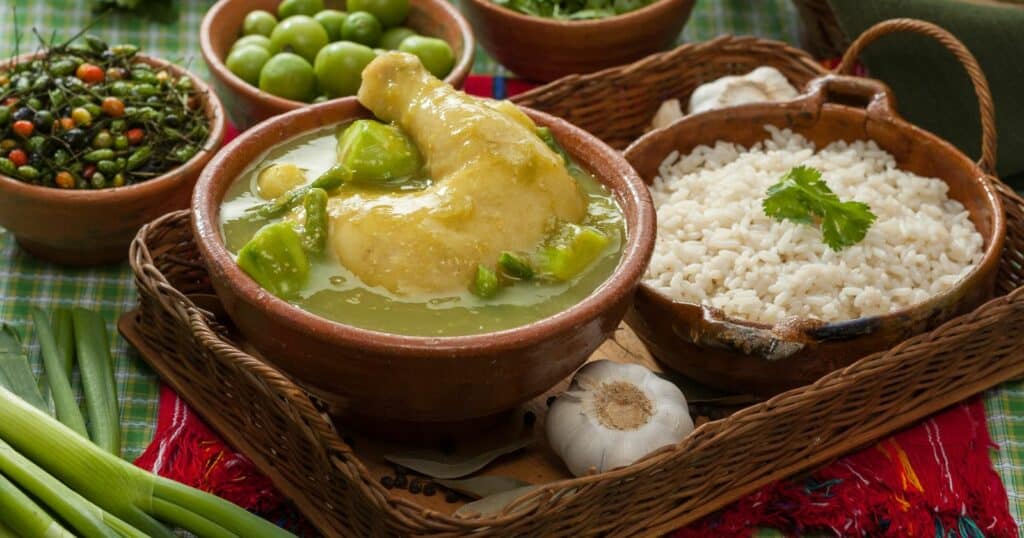
In this hearty pork stew, ingredients like habanero peppers and crunchy chicharrón (fried pork rinds) add multiple layers of flavor.
Chirmol
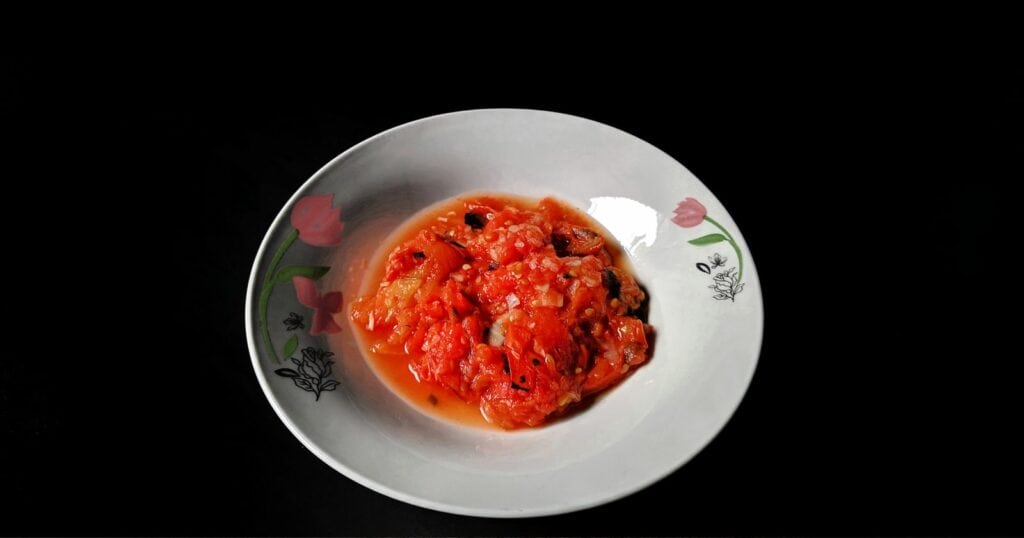
This condiment sauce pairs tomatoes, habanero peppers, and tangy vinegar for a bright, bracing burn.
Pepián
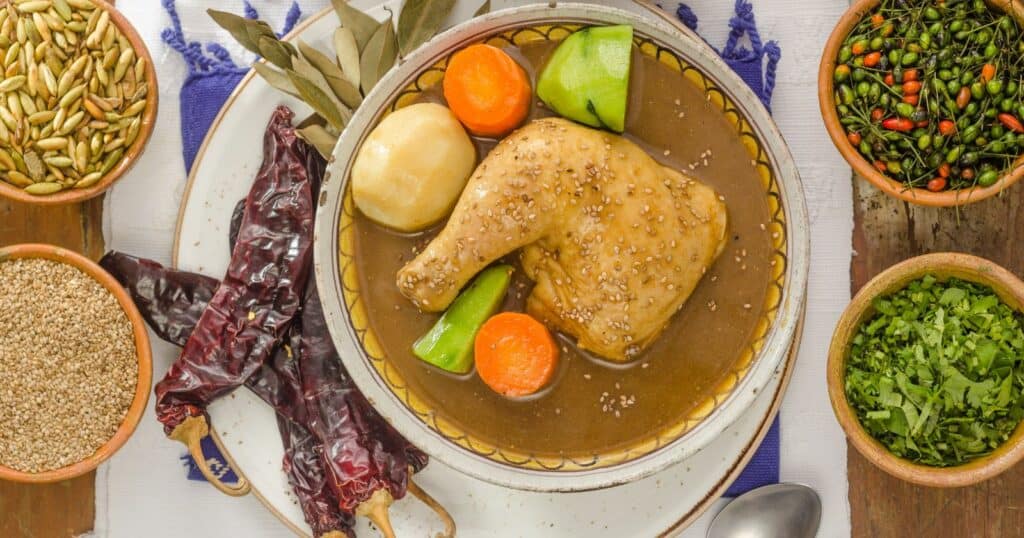
The combination of chicken, veggies, and a mildly spiced pumpkin seed sauce makes this comforting stew a classic.
How To Tame The Flames
Luckily, with Guatemalan food, you can easily control the amount of
- Request mild salsas and ask for dishes made with minimal heat.
- Temper the
spice with sides like beans, rice, or fresh cheese. - Cool off with creamy guacamole or a sweet banana shake.
- Add sour cream or crema to mellow out the kick.
- For more heat, sprinkle on extra salsa or hot sauce as desired.
- Ask if very spicy stews can be toned down to your tastes.
With a few simple adjustments, you can enjoy the complex flavors of Guatemalan cuisine with just the right amount of tingle for your taste buds.
Beyond Spice : Other Flavor Elements
While
Spanish Influences
The Spanish brought olive oil, rice, nuts and produce that expanded Guatemalan flavor profiles.
Mayan Crops
Core ingredients like corn, beans, squash and tomatoes offer comforting, earthy sweetness.
Cooking Methods
Dishes can be fried, grilled, baked or combined for varied textures and tastes.
Regional Styles
Diverse local ingredients and techniques make each Guatemalan region’s cuisine unique.
Fresh Herbs & Veggies
Cilantro, mint, squash, greens balance out richer stews and meats.
So while heat gets a lot of attention, it’s really the symphony of ingredients that makes Guatemalan food so craveable.
Satisfyingly Spicy Guatemalan Dishes to Try
Ready to discover Guatemala’s addictive flavors for yourself? Here are some sizzling dishes to seek out on your taste bud travels:
- A chorizo taco with salsa roja for a zesty bite
- Pepitoria-dunked tamalitos de masa for a nutty burn
- Slow-simmered Kak-Ik packed with smoky veggies
- A deep bowl of Jocón stew with steamed tamalitos
- Enchiladas in earthy recado rojo sauce
- Habanero-kissed ceviche with fresh corn chips
- A warming cup of chili-spiced Kaq Ik
- Chicken pepián with its mild lingering warmth
With its artful blend of ingredients and
Frequently Asked Questions About Spice in Guatemalan Cuisine
Is all Guatemalan food very spicy?
No, while some dishes are quite spicy, many Guatemalan meals are only mildly spiced or not spicy at all. Overall, the cuisine focuses more on developing complex flavors.
What are the most commonly used hot peppers?
Popular spicy peppers are habanero, serrano, and chiltepe. Habaneros in particular bring intense heat to salsas and stews.
Which ingredients amp up the heat?
Beyond peppers, seeds like pepitoria, herbs like epazote, and
What are some traditional spicy Guatemalan dishes?
Dishes like Kaq Ik, Jocón, pepián, and chirmol incorporate peppers, seeds, and spices for extra
How can I adjust the heat level in Guatemalan food?
Request mild salsas, omit hot peppers, or ask for minimal
The savory yet spirited flavors of Guatemala offer a feast for all the senses. With authentic dishes ranging from mild to volcanic, you can discover new depths of taste as you sample the cuisine’s signature

